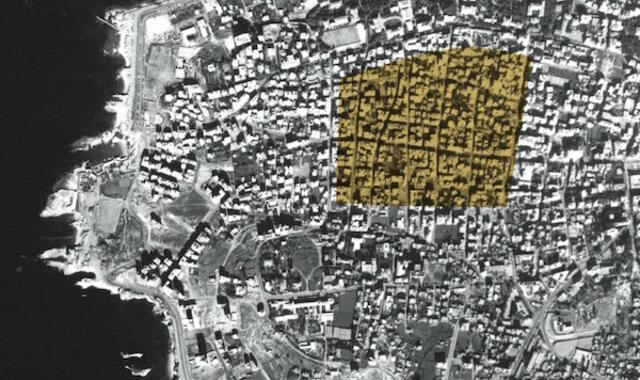
Ras Beirut does not refer to a single district, but rather a broad geographical area incorporating the districts of Hamra, Ain El Mreisseh, Raouché, and Verdun. Each of these districts (manaatiq) is divided further into a number of neighbourhoods (ahyaa). This pamphlet focuses on Hamra, providing data on property ownership and housing in the neighbourhoods within the area demarcated by Hamra and Bliss streets, which run east-west, and the north-south thoroughfares of Abdel Aziz Street and Sadat Street.
Ras Beirut is known for its social and cultural diversity, though increasingly rapid changes to the city’s fabric have placed this reputation under threat. Property prices in the area are some of the most expensive in Beirut, and its proximity to the sea means that apartments here are sold for exorbitant amounts, beyond the reach of all but the wealthiest 7% of the population.
The vast majority of new construction in Ras Beirut and Ain El Mreisseh is built over the rubble of older residential blocks and houses whose inhabitants have either moved out or been evicted, before being demolished. That said, some 57% of residential buildings in Ras Beirut are over forty years old (i.e. were built prior to 1975), with the greatest concentration of these older buildings in Hamra and Ain El Mreisseh. It is worth noting that property development in the area is not confined to the construction of modern buildings, but includes the conversion of older buildings into new investment opportunities, such as luxury commercial premises, hotels, and furnished apartments which are targeted at a highly specific market—including foreigners and wealthy students—and pose a threat to sustainable housing in the neighbourhood.
In addition to the above, Ras Beirut has seen the emergence of another practice designed to exploit the demand for housing. Apartments are subdivided into rooms and rented out to a number of different individuals with the aim of increasing profit with little regard for living standards.
Download pamphlet:

